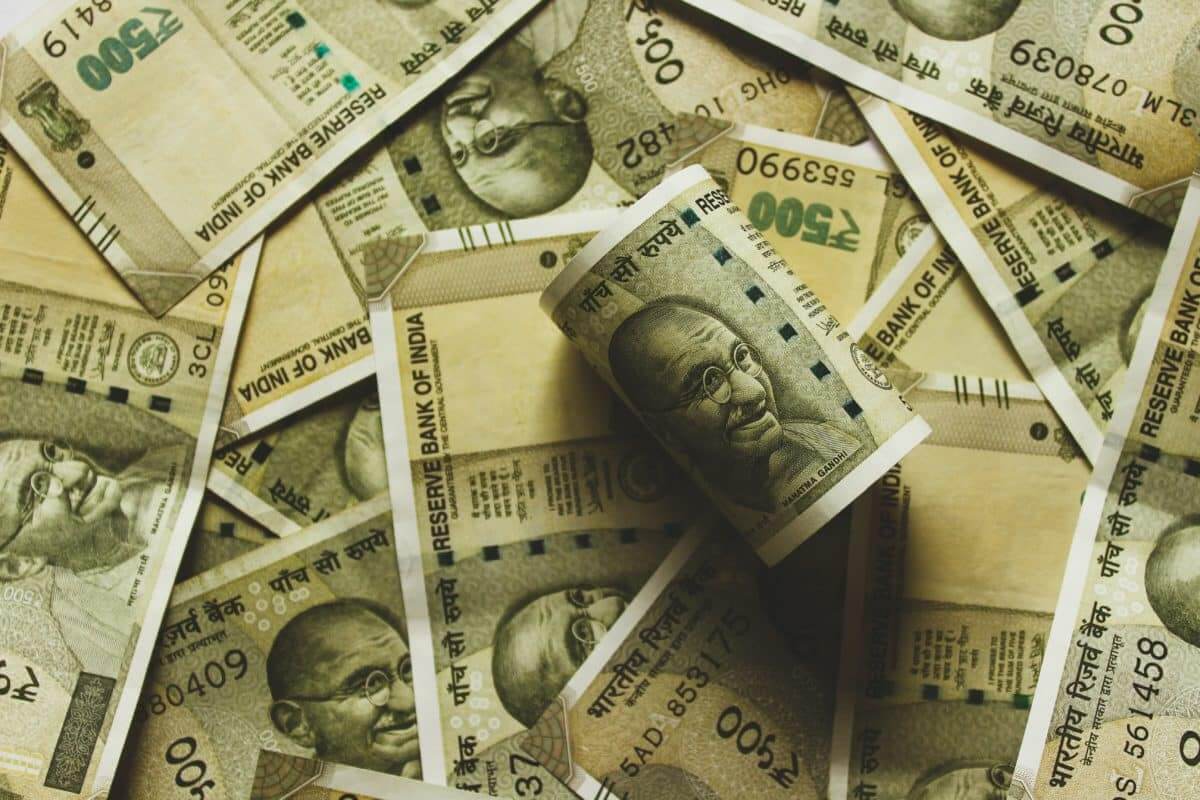The Indian Rupee’s Upside Potential is Restricted

Low Forward Premiums Restrict The Indian Rupee’s Upside Potential
It will be challenging for the Indian rupee to move much above present levels against the dollar because of low forward premiums on the currency, which are caused by a narrowing interest rate differential between the US and India, two bankers told Reuters.
The aggressive rate-hike cycle of the U.S. Fed relative to the Reserve Bank of India last year has caused the difference between U.S. and India interest rates to narrow, pushing forward premiums to levels not seen in more than ten years.
According to B Prasanna, global head of global markets sales, trading, and research at ICICI Bank, “the forward premium level is so low that is a natural incentive for exporters to not sell dollars and for importers to acquire.”
The 1-year rupee implied forward premium for 2022 dropped to 1.61% from 4.63%, its lowest level in over ten years, before rising to 2.02% by year’s end. The RBI boosted borrowing costs by 225 bps in 2022, while the Fed raised rates by 425 bps, which caused premiums to decline.
Prasanna stated, “I assume that the rupee would not gain beyond a point,” adding that he anticipates the currency to trade between 81.50 and 83.50 to the dollar in the current quarter.
The rupee has recovered from a record low of about 83.30 in October thanks to a decline in the dollar index caused by a less aggressive Fed outlook; on Thursday, the local currency was trading at about 81.70 to the dollar.
But according to Bhaskar Panda, head of overseas treasury at HDFC Bank, the outlook for the currency remains “fundamentally bad,” and the low level of forward premiums boosts “the temptation for importers to hedge.”
The Value Of The Indian Rupee
According to the lead economist at Emkay Global Financial Services, Madhavi Arora, importers are more likely to hedge due to the decreasing bias on the rupee and the low premiums.
The value of the Indian Rupee will rise when there is greater demand for it. For instance, buying a rupee today would only cost you 1.37 cents, but the next day, it might cost you up to 1.5 cents, and the day after that, it might cost you about 1.7 cents. The exchange rate will decrease when the value of the rupee rises.
How does the value of the INR increase? Exports will soar if India unexpectedly discovers or invents anything with huge worldwide demand, resulting in a long-term strengthening of the Indian Rupee.
The exchange rate will strengthen in favor of the rupee due to a rapid increase in investments in India, where people are building factories and need many rupees.
The post The Indian Rupee’s Upside Potential is Restricted appeared first on FinanceBrokerage.
0 Response to "The Indian Rupee’s Upside Potential is Restricted"
Post a Comment